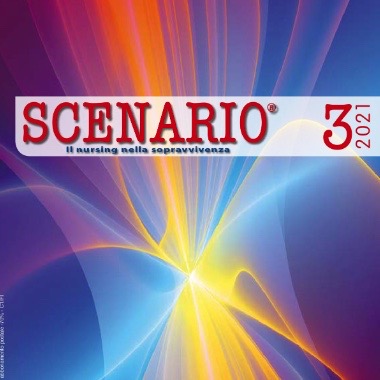 Smart Citations
Smart CitationsSee how this article has been cited at scite.ai
scite shows how a scientific paper has been cited by providing the context of the citation, a classification describing whether it supports, mentions, or contrasts the cited claim, and a label indicating in which section the citation was made.
Organ donation after determination of death by circulatory criteria. Ethical and clinical challenges for critical care nurses
In 2020, donation and transplantation activity in Italy slowed down. Partly because the places normally designated for donations, intensive care units, have been allocated almost entirely to the care of patients with severe COVID-19. The percentage of opposition to donation expressed during life has also settled above 30% nationwide. Waiting lists as of 11 April 2021 (National Organ and Tissue Donation Day) had 8291 patients waiting for one or more organs, with all that this entails: from the resources to be used for replacement treatments to the impact on quality of life. The World Health Organisation has estimated that organ transplants performed each year meet 10% of the identified global need. Also according to the WHO, transplantation from a deceased patient remains the gold standard of treatment for organ failure. The implementation or initiation of donor programmes after determination of death according to the circulatory standard (DCDD), in particular on so-called supervised donors in intensive care, would increase cadaveric organ procurement worldwide. DCDD, to which the resources to be allocated, according to the National Transplant Centre, are no greater than those provided for donation after brain death, is currently present in Italy in 7 regions. In order to implement this donation activity and thus achieve important objectives for individual and collective health, the road ahead also consists of: public awareness campaigns to encourage an autonomous and informed expression of will to donation, continuous training of critical area personnel and dissemination of end-of-life protocols.
Supporting Agencies
How to Cite

This work is licensed under a Creative Commons Attribution-NonCommercial 4.0 International License.
Aniarti has chosen to apply the Creative Commons Attribution NonCommercial 4.0 International License (CC BY-NC 4.0) to all manuscripts to be published.

 https://doi.org/10.4081/scenario.2021.490
https://doi.org/10.4081/scenario.2021.490





